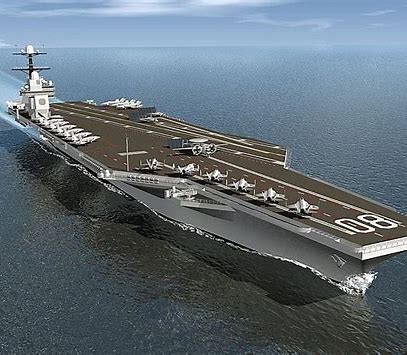
In a twist of fate that may surprise naval enthusiasts, the storied USS Enterprise, an icon of American naval history, will not be setting sail towards becoming a museum piece.
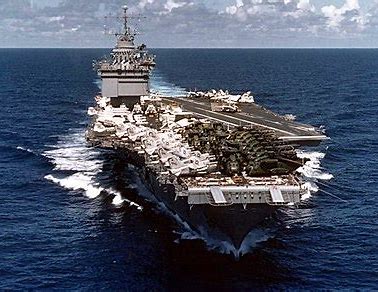
Decommissioned in 2012, the world’s first nuclear-powered aircraft carrier, affectionately known as “Big E,” has been caught in the crosswinds of financial and environmental challenges too formidable to overcome.
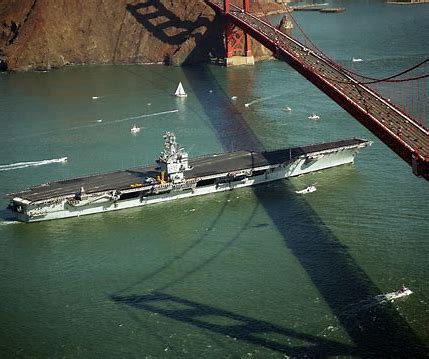
The USS Enterprise was a marvel of engineering, a leviathan over 1,100 feet long, boasting an eight-reactor propulsion design unique among aircraft carriers.
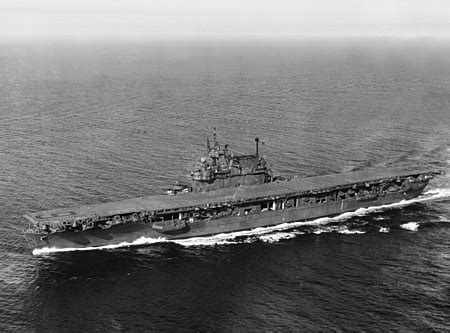
Yet, according to Andy Burns, a former U.S. Navy Surface Warfare & Flight Officer, the complexities of dismantling and removing the vessel’s nuclear reactors make the prospect of converting it into a museum practically and economically impossible.
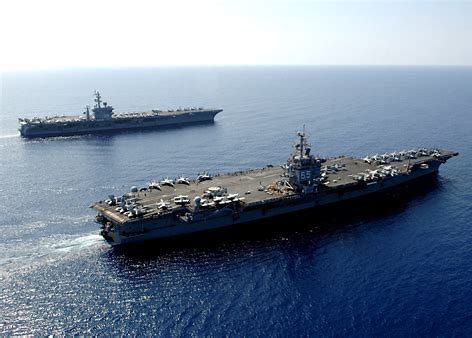
Burns detailed on Quora that “no way to remove the reactors without essentially taking the ship apart,” citing stringent environmental laws and regulations as critical hurdles.
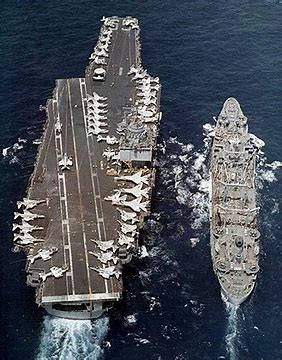
The Enterprise’s nuclear heart sets it apart but also seals its fate. Rear Adm.

Thomas Moore, the Navy’s program executive officer for carriers, echoed these sentiments, explaining that “inactivation of nuclear-powered aircraft carriers requires removing large sections of ship structure to facilitate reactor compartment removal and disposal.”
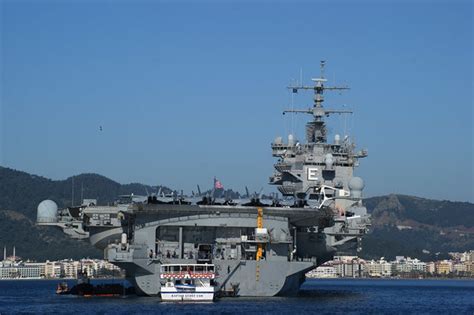
The cost of such an operation? Tens of millions of dollars, a prohibitive figure indeed.

The ship’s veterans, like Don Thiry of the USS Enterprise Association, have come to terms with this reality, despite their aspirations to anchor the vessel at a site like Alameda or Newport News.
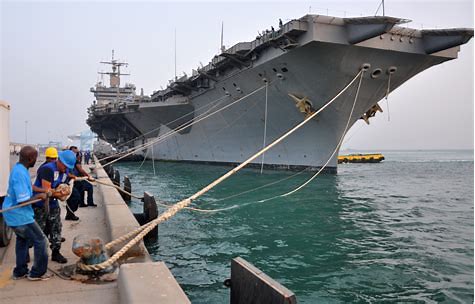
The ambitious idea of preserving the ship’s island, the towering structure above the deck, also sank due to similar financial constraints.

Nevertheless, the Naval History & Heritage Command ensures that some artifacts and documents from the Enterprise will be saved and potentially displayed in museums showcasing naval and aviation history.

Museums dedicated to ships are already a substantial financial burden, as Joe Brunner, a member of the USS Nimitz Association, points out.
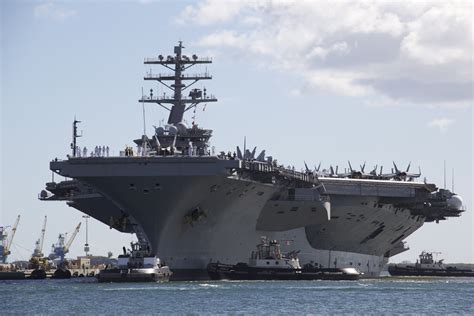
None of the ships built in the last 60 years have become museums, and the nuclear factor introduces additional complexity and expense to the endeavor.
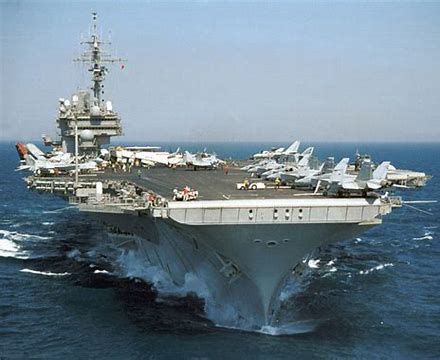
For context, the USS Kitty Hawk and USS John F. Kennedy, both conventionally powered, were sold for just one cent each to International Shipbreaking Limited due to high maintenance costs and the complexities of conversion—a clear indicator of the fiscal challenges involved in such undertakings.

As Peter Suciu, a seasoned journalist, lamented, without a deep-pocketed investor stepping up, and given the general public’s dwindling interest in preserving such historical artifacts, the future of decommissioned carriers as museums seems grim.
Relevant articles:
– Why ‘Nuclear’ Navy Aircraft Carrier USS Enterprise Can’t Become a Museum | The National Interest
– Enterprise and Nimitz-class carriers won’t be museums, Daily Press
– The U.S. Navy Sold Two Aircraft Carriers for Just a Penny Each, The National Interest
